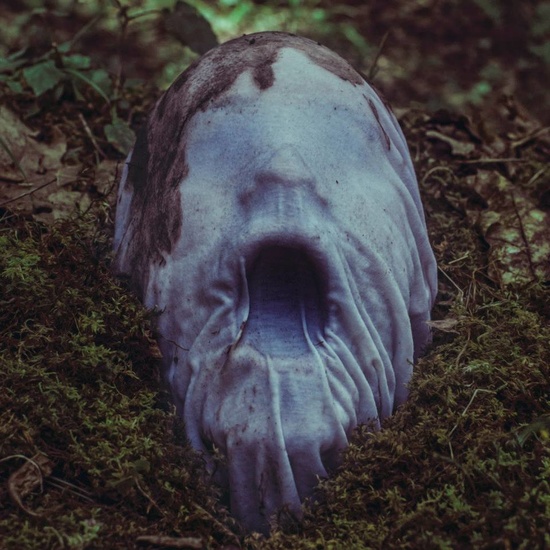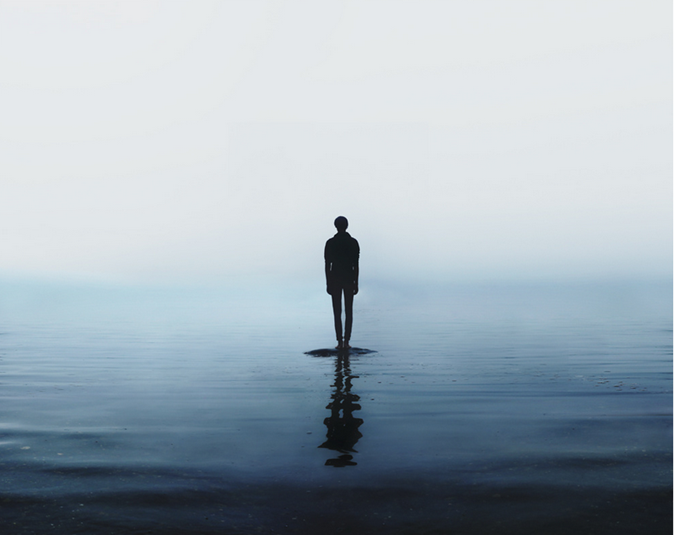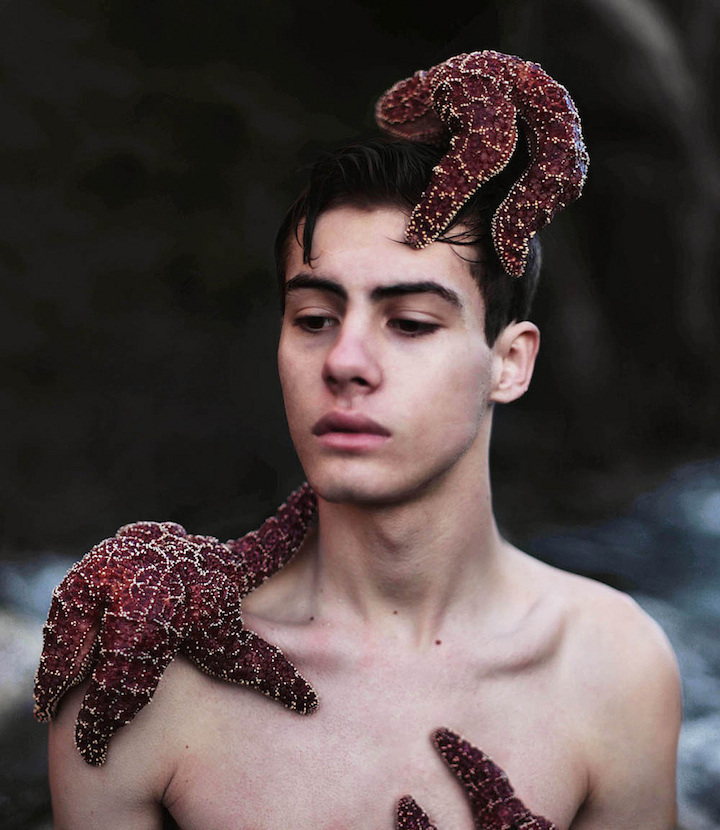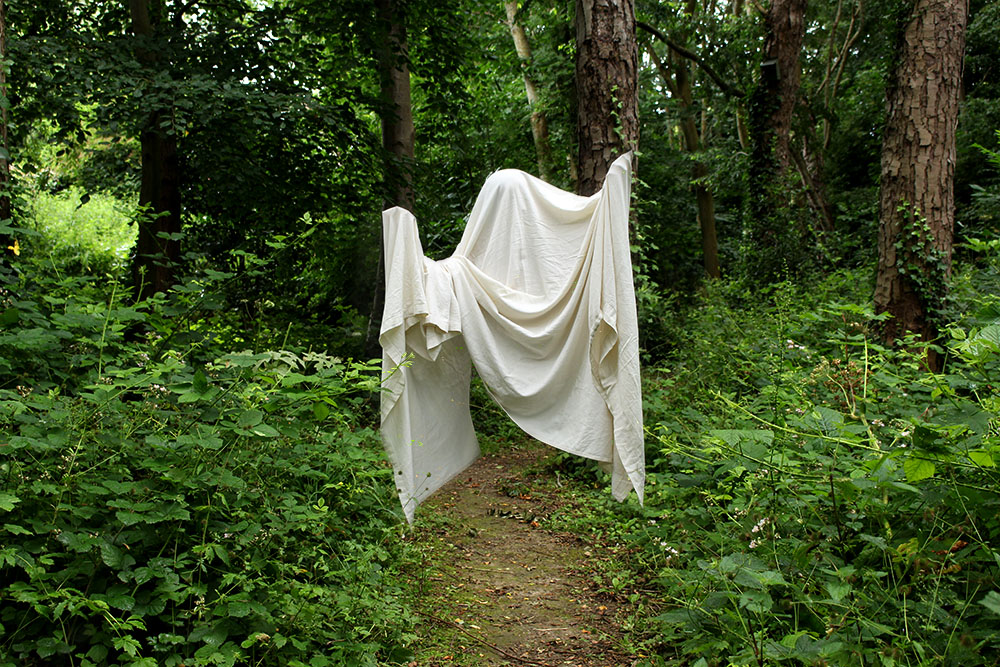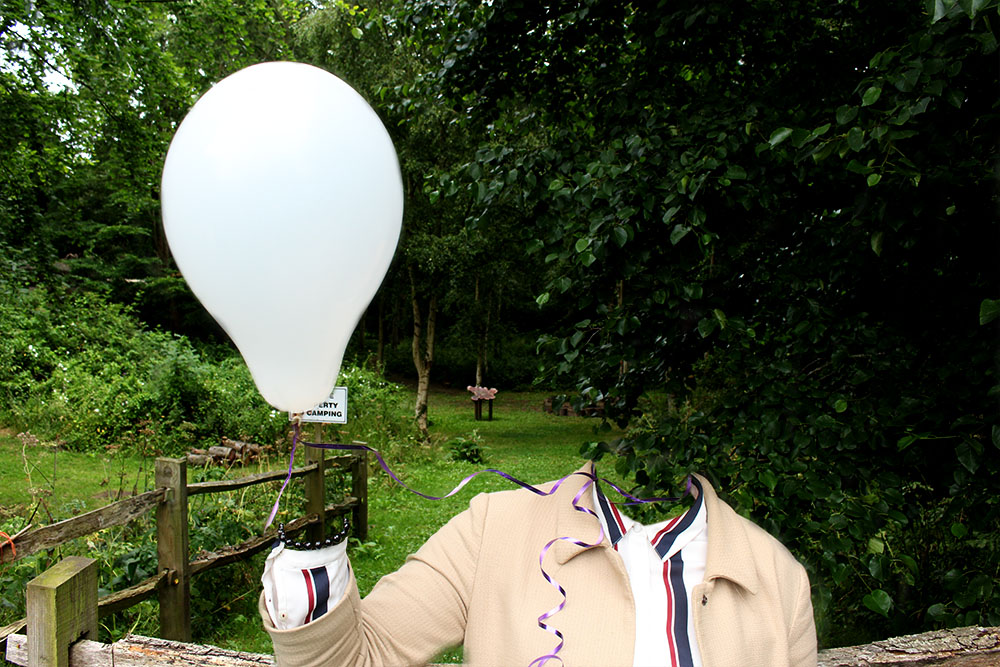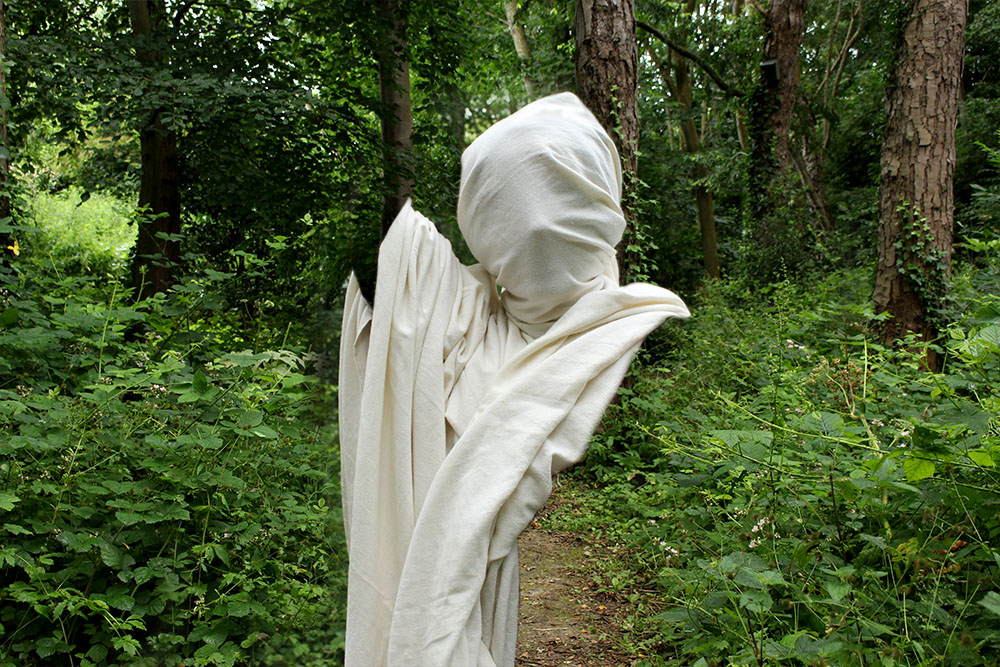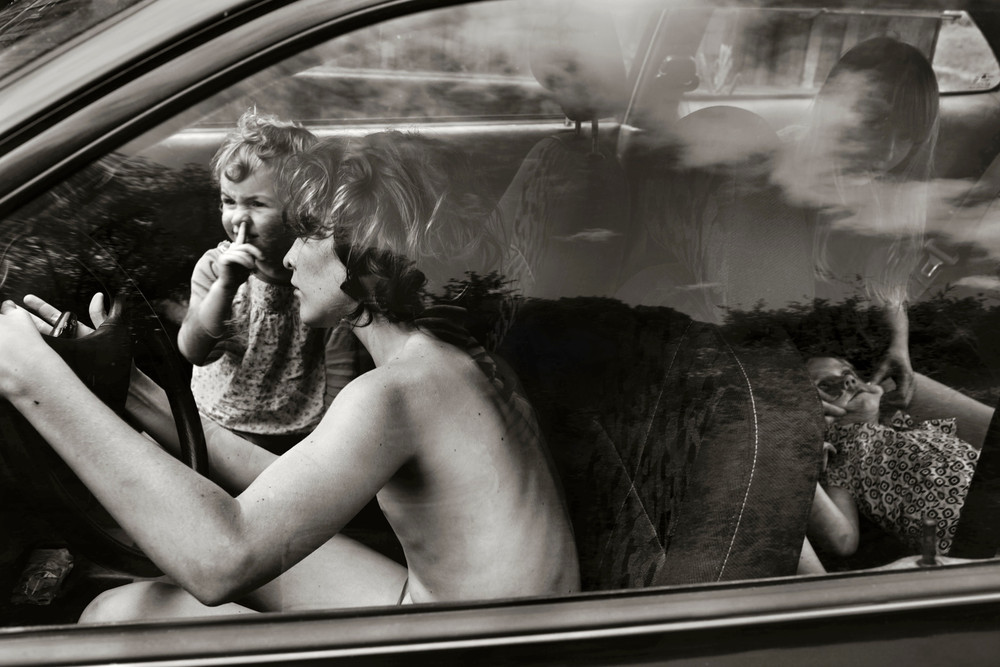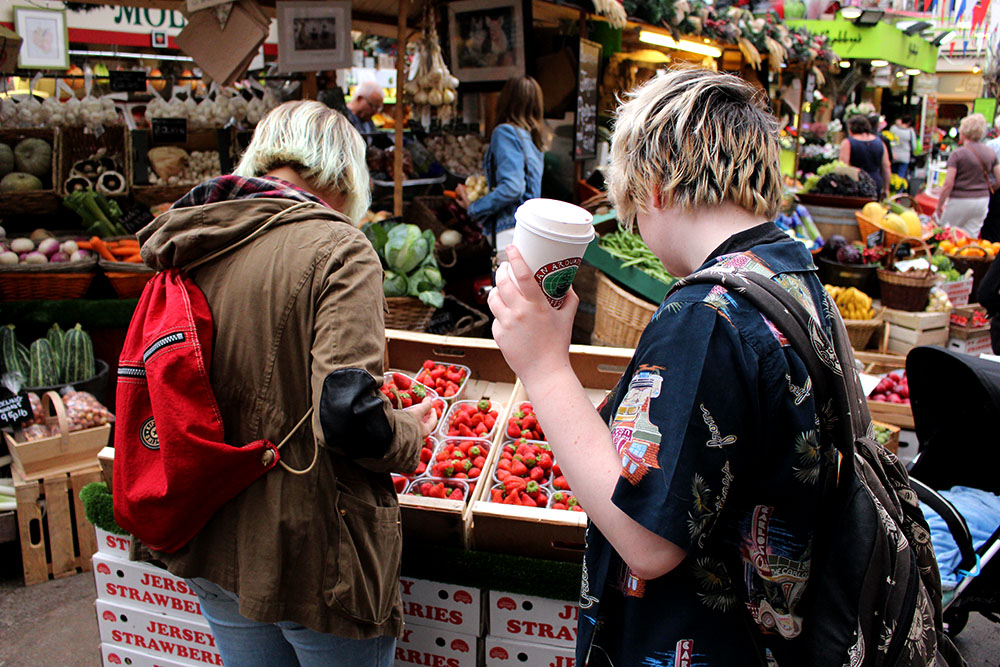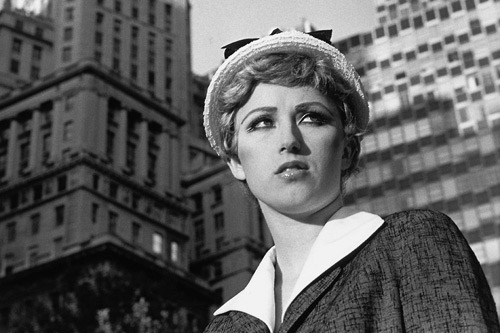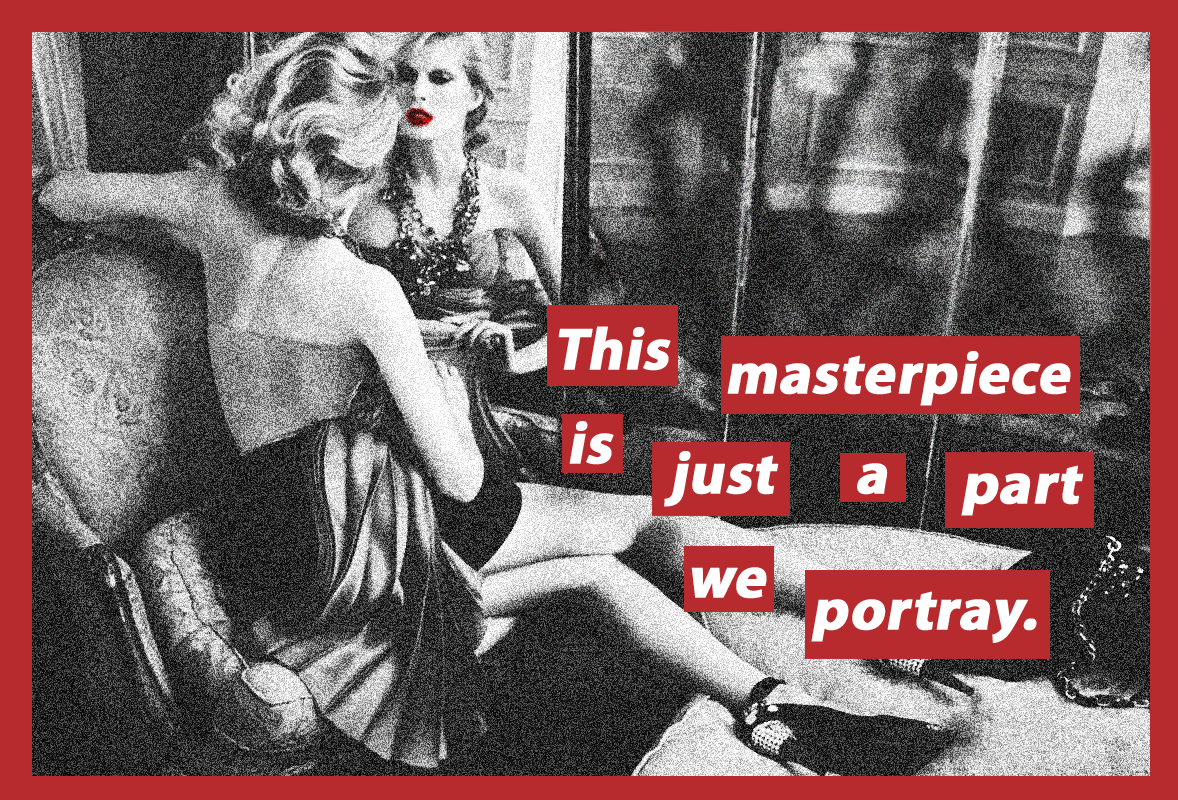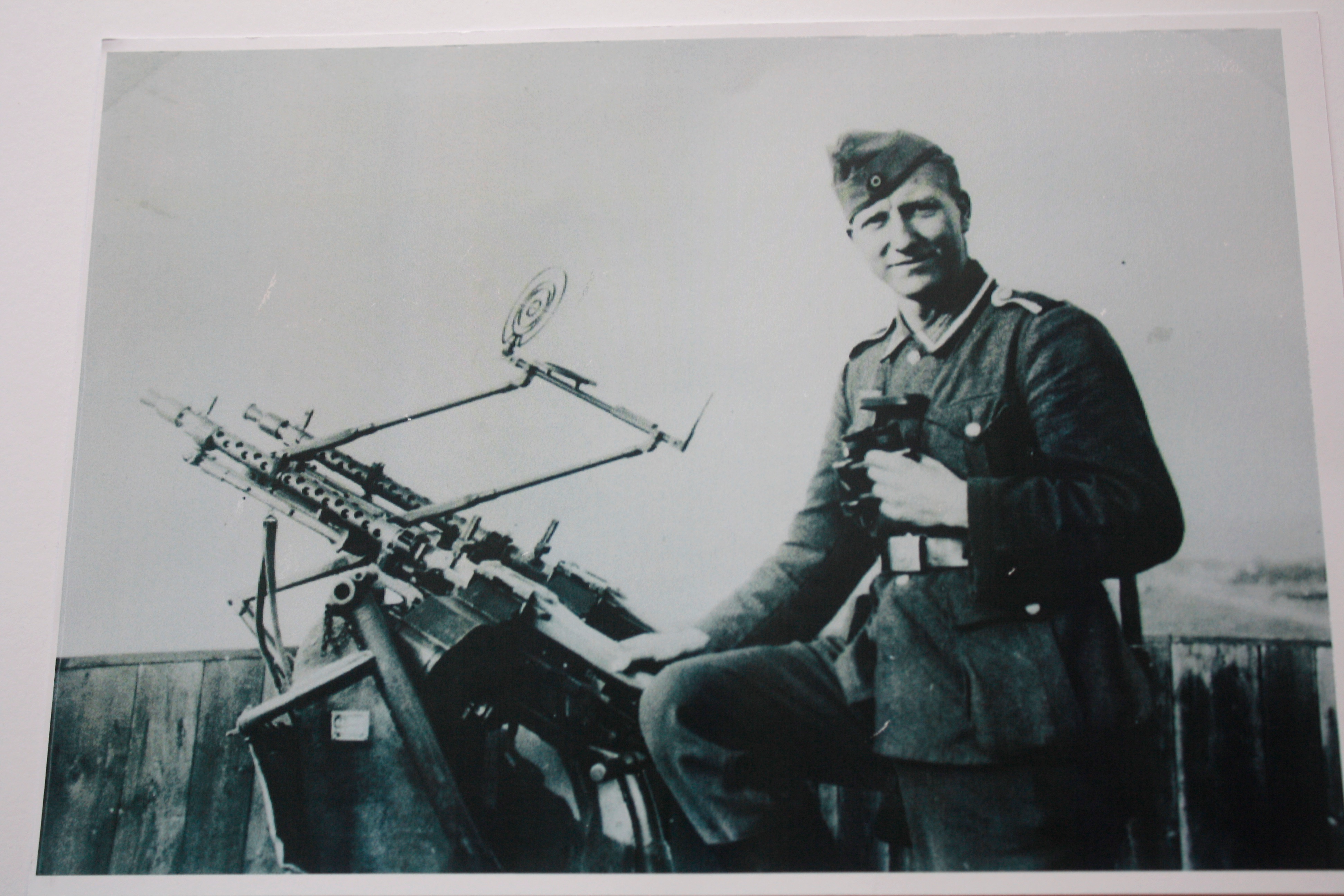Yury Toropstov: Biography
- Born in 1974 in a small village called Vladistov, U.S.S.R
- Eastern Siberian origins.
- Grew up in the Soviet Union until the collapse of communism in Russia in 1991.
- Growing as an ethic minority in Communist Russia gave Toropstov a unique perspective of life.
- Father died when he was 1 year old, and he was brought up by his mother.
- Toropstov left Russia in 1998 to study at the New School for Social Research in New York to study project management
- Toropstov travelled to America working as a translator.
- 2004, Yuri becomes an assistant for a fashion photographer.
- Since has been working as a documentary photographer based in Paris. He has completed various projects, made into slide-shows, films and books.
- 2014 Yuri worked for 6 months in Jersey as the ‘Archisle International Photographer in Residence’. This 6 month project was finalised with an exhibition entitled ‘Fairyland’.
Deleted Scene
- Toropstov traces his origins, going back to the Russian village he grew up in
- Respective style – Incorporation of family archive
- Documents the isolated and remote region of Eastern-Siberia.
- Exploration of his father, who died when Toropstov was only one year old –“his untimely death turned him into an abstract character existing on the verge of oblivion”
- There is no text to this narrative, and so it is up to the reader to make up their own interpretation of Toropstov’s father based on the images they are presented with
Evaluation of Photos in Deleted Scene

For my ‘Personal Study’, an important aspect to consider will be how I design the front cover of my photo-book . I think he front cover of ‘Deleted Scenes’ is very strong in providing a clear contextual introduction. Although only showing part of an image, it is clear to deduce straight away that the photograph is an archival image, based on the sepia tone and worn-out post-card style of the border.
However, it is not the most interesting opening. I find it to be quite plain and dull. From a objective viewpoint this makes for an ineffective opening because it does not attract or excite the viewer. Athough I do not particualry likke the opening I appreciate that Toropstov has attempted to grip the reader into exploring the narrative through the representation of a mysterious, ghost-like figure. I reckon that this could have been more interesting by perhaps showing slightly more of the image and in a photo editing software, cutting the image in half. Graphically this would work well and make for a more explosive, and vernacular styled opening.
The image in question is of Toropstov’s father. The back cover of the book shows the other section of the image. This is a metaphor for the narrative of the story, because the reader is given a brief indication that the story is perhaps about this half-revealed figure, and it is implied that over the process of the narrative they will be taken on a biographical journey of Toropstov’s origins with his father as the centre-piece, therefore being able to uncover ‘the whole picture’. This narrative technique is known as foreshadowing, and establishes rising anticipation and suspense.

This image is a ‘still life’ shot of a child’s toy, perhaps a toy from Toropstov’s own child-hood. This photograph very much highlight Toropstov’s subjective approach because it draws his own personal input into the narrative. By reflecting on his past through an image of a lonesome toy, it is suggested that Toropstov has somewhat throughout his life felt, to a degree, lonely and lost in the absence of his father. Toropstov uses chiaroscuro lighting in order to reflect this dark, sombre mood. Chiaroscuro lighting is defined as “strong contrasts of light and dark”.
There is a somewhat reflective nature to this image. The horse facing outside of the window is in itself a metaphor for reflection. The old-fashioned appearance to the toy symbolises this reflection to be retrospective. On a more subjective level, the toy horse looking out of a window may in fact represent for Toropstov’s lifelong quest to get to know his father. Personally I find this image to be very moving because it explores the tragedy and anguish of Toropstov’s situation in a symbolic way which is very poetic and subtle.
Toropstov effectively conveys his own emotional response through this image. The representation of the childhood toy in the window links the themes of reflection and childhood together, and therefore very much serves as a metaphor for the past. As this narrative is a look back into Toropstov’s past it is logical to assume that this image explores themes from Toropstov’s own childhood, with sadness, (implicity because of the fact the Yury grew up without a father), being explored through the sombre mood created through Chiascuro lighting. This image is therefore is very honest and personal response.
Fairyland
- Body of work that Toropstov made during his stay in Jersey as Archisle International Photographer in Residence (2013).
- Explores Toropstov’s personal view of Jersey.
- A visual narrative of his journey to fit into such a “discrete and mysterious place”.
- Inspired by 1937 Film of Jersey Battle of Flowers – young girl named Joan Ivy Vibert on the float. Link to explore “history and reality of the island”.
- Drawn into exploring mysticism within the island – viewed Jersey as idyllic and beautiful.
- Intention to uncover mystery within the island, “notion of invisibility”.
- Theme of work is very conceptual.
Evaluation of Images in Fairyland

This image shows a fraction of broken wallpaper. This is a classic detail-shot style – abstract in its close-up manner. On reflection the tear in the wallpaper resembles somewhat the shape of Jersey. Whether or not this is accidental, it is nevertheless apparent that Toropstov’s very specific style of observation comes through in this image, as he is picking out intricate details which act as symbolisations and metaphors – in this case either a direct reference to the shape of Jersey, or more poetically exploring Toropstov’s investigative nature. This is a reference to how he ‘peeling away’ at the surface of the island and uncovering its hidden secrets through the process of study and research.
The peeled away wallpaper is in itself a metaphor for imperfection. This links to the rugged and authentic feel that Toropstov attempts to convey in his work, a theme that vastly contrast with the more traditional style of Michelle Sank. It is quite a unusual image to include in an exhibition as the context and relationship with the theme of ‘Fairyland’ is not clear. I would infer that the image has been included in the exhibition in order to break up the visual pattern of Toropstov’s style, which is very subtle. On the other hand this is a very direct and abrupt abrupt image with a strong presence.
The formal aspects of this photograph make for a very visually strong image.
- The shadows which emerge as a result of the peels in the wallpaper give a three-dimensional aspect to the photo, providing a sense of depth.
- The white representing areas where the wallpaper is peeling off is position in the middle of frame. This means that the viewer is immediately drawn to this part of the image as white is always the most natural shade to be drawn to.
- The dark orange surrounding numbs the intensity of the white glare and therefore balances the arrangement of the image.

In this image the subject is sitting in his longue, looking outwards at the view from his window.
Toropstov shoots from a suitable distance to the subject, making use of space to include a series of props such as the cluttered chair, painting and blurred out books. These props help add to the context of the image, and without them the photo would be visually, less exciting and engaging. The use of space, which I have focused on in my own study photographing my Grandma, is important when photographing subjects because it immediately draws a sense of vulnerability to them. This allows for certain characteristics to be conveyed in the image, giving a more open and personal exploration of the subject.
Although staged, Toropstov presents quite a natural and informal feel to the image by making the subject look into the distance, oppose to straight in the camera. This creates a more relaxed and natural atmosphere as the subject is not drawing as much direct attention to himself as he would have if he was acknowledging the camera. This calm atmosphere is important to create because a bold and energetic atmosphere would not suit the subtly Toropstov is trying to convey in his work.
Evaluation
On reviewing Toropstov’s work it is clear that he has a very conceptual style and approach to photography. Toropstov is a photographer who likes to create symbols and metaphors in order to build up different contexts and ideas. In addition, he has a very investigative approach when photographing and likes to research his themes thoroughly beforehand, often using archival sources to inform and add to the contextual basis of his work. This exploitative approach very much reflects Toropstov’s enthusiasm to engage and get involved deeply in his projects. In my own project I want to execute a similar approach as it makes the overall work more personal, of deeper context, and in my opinion, more enjoyable.
Toropstov’s project ‘Deleted Scene’ will be particularly useful to inform and inspire the basis of my own work because the topic of the story is about Toropstov wanting to learn more about his father. My own project is about wanting to learn more about my Granddad whom I also never got the chance to meet. Through studying this project I hope to gain a sense of the appropriate style and mood to evoke in such a personal topic. It is interesting that there is no text in deleted scene, and subsequently Toropstov makes use of photograph as the sole form of communication.
Toropstov has an incredibly sharp eye for detail. When photographing he will usually explore a variety of different shots, ranging from the the main establishing shots to very small detail shots, for example the close up of the cracked wallpaper in ‘Fairyland’. This varied and considered approach to what he photographs gives his body of work a great amount of depth for which a broader range of ideas can be conveyed in his work. It also is gives his photographs a sense of diversity and variation, important when piecing together a photo-book – a consideration I need to respond to myself in the making of my own photo-book as a final piece for my ‘Personal Study’.
Overall Toropstov is a very good story teller. The style he uses to create his work is something which I believe would be relevant and interesting to evoke within my own outcomes. His work is very personal to him, giving the narrative a sense of subjective purpose and meaning.

